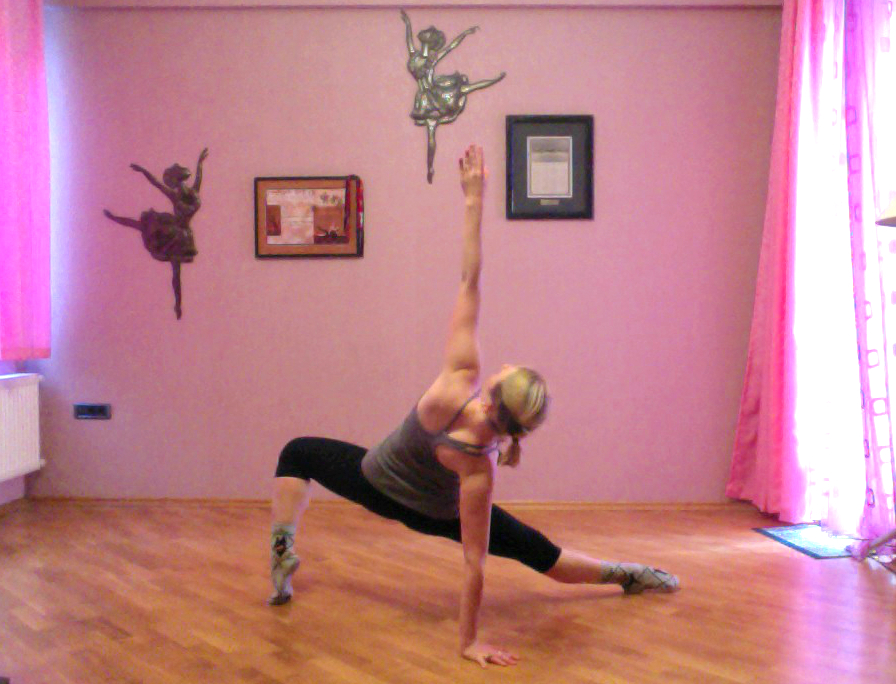“Dancers often lack upper body strength. We spend so much of our time focusing on what the legs and feet are doing that we neglect the upper body,” says Nikol Klein, a former dancer and personal trainer.
I didn’t realize how true this was until I started doing arm workouts last summer. I now have a better understanding of how much arm strength can affect not only port de bras but also posture and overall movement quality.
Thanks to the internet, it’s easy and inexpensive to improve arm strength. Here are some workout videos I’ve found helpful:
Without Weights
Andrea Palen, 5 Minute Arm Workout
Ballet Beautiful, Swan Arms Workout
With Weights (Or water bottles)
Nikol Klein, Ballet Strength Arm Exercises for Port de Bras
Arm-Toning Moves from Ballet Body
Blogalites, Applause Arms Workout
Fitness Blender, Tank Top Arms Workout







